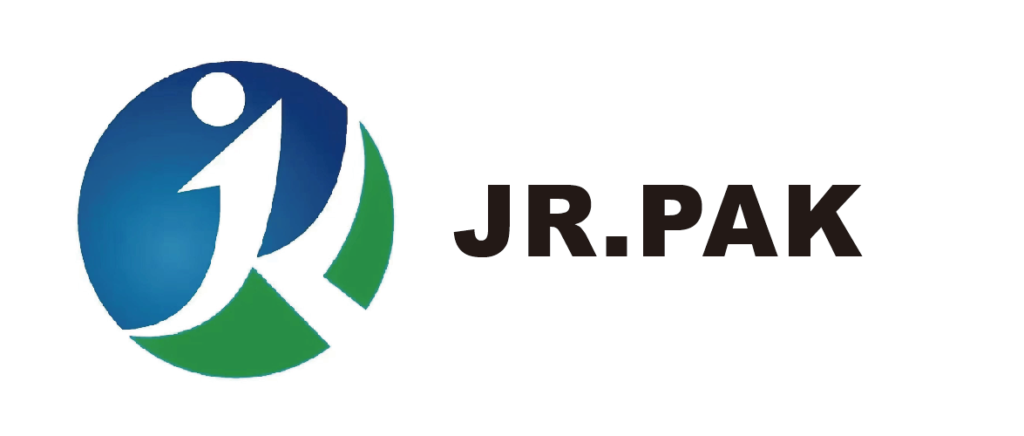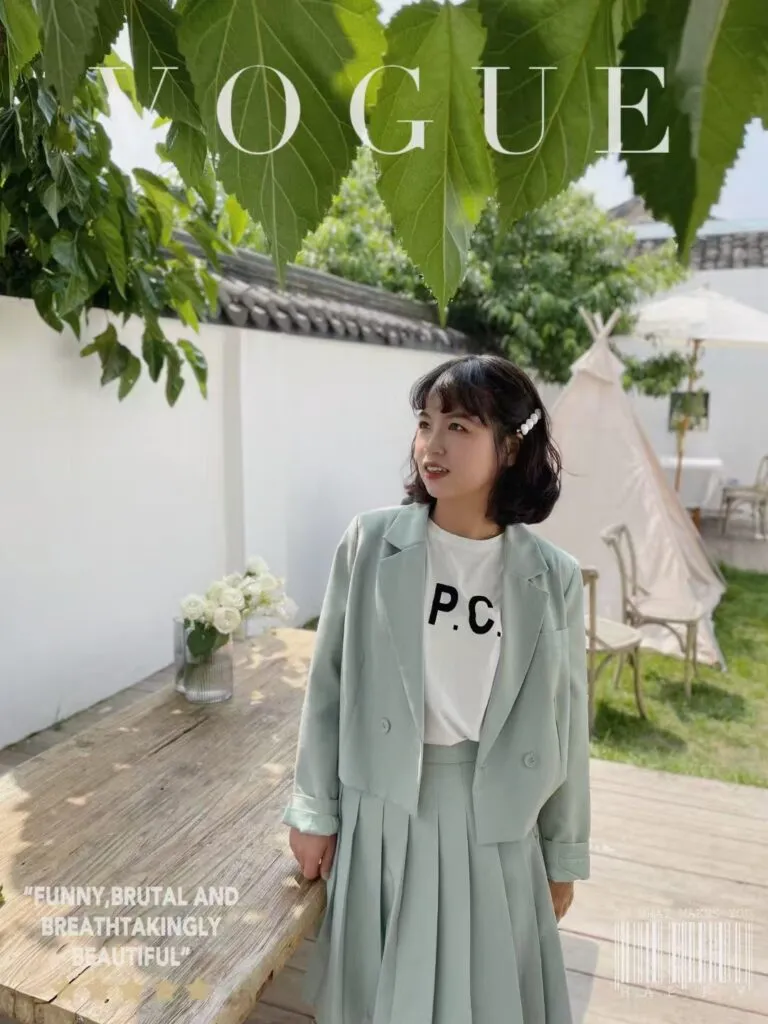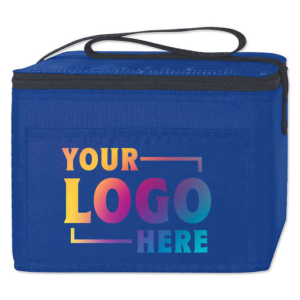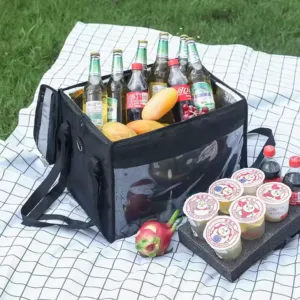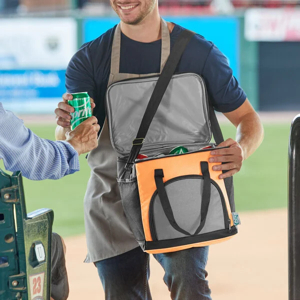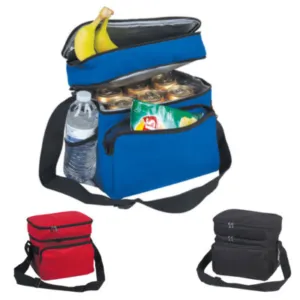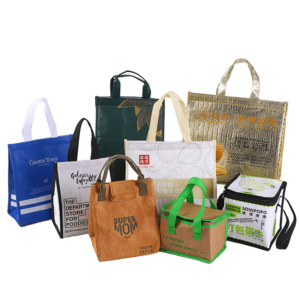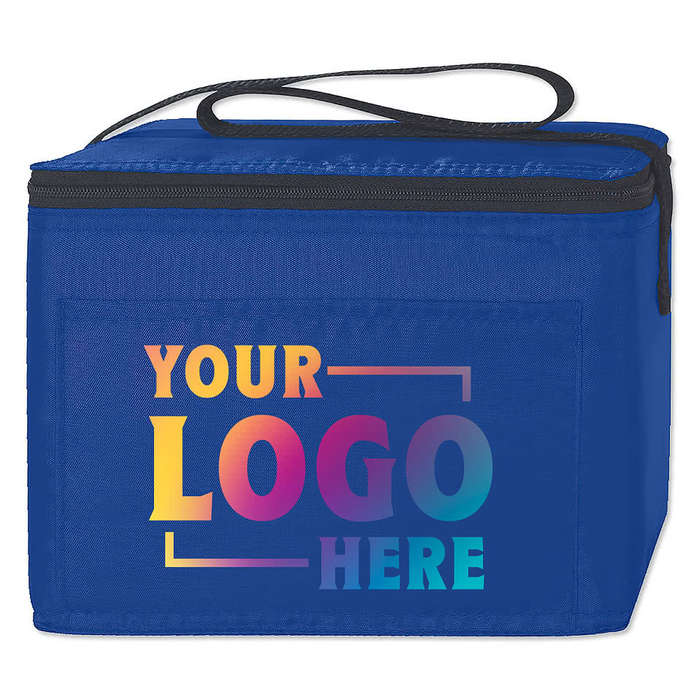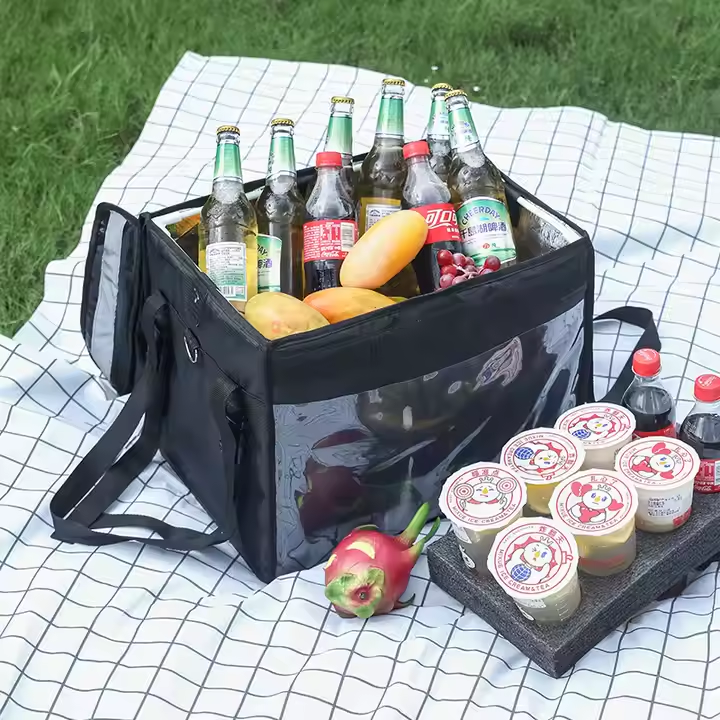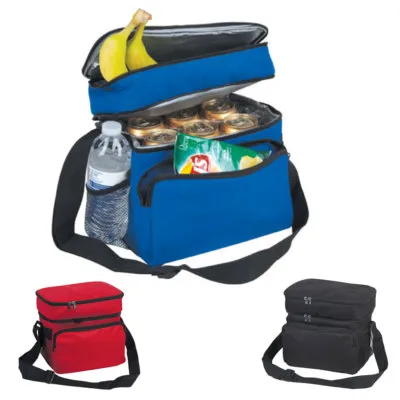Packaging plays a crucial role in product presentation, protection, and branding. The pricing of packaging bags can vary significantly based on several factors, including material, size, design, quantity, and production methods. This article outlines various types of packaging bags, their features, and typical pricing strategies.

Types of Packaging Bags and Their Pricing
The following table summarizes different types of packaging bags, their characteristics, and average pricing ranges.
| Type of Packaging Bag | Material | Typical Size | Common Uses | Price Range (per unit) | Pricing Factors |
|---|---|---|---|---|---|
| Plastic Bags | HDPE, LDPE | 12" x 16" | Grocery, retail | $0.05 - $0.20 | Material cost, thickness, print |
| Paper Bags | Kraft, Recycled Paper | 10" x 12" | Retail, food service | $0.10 - $0.50 | Material, design, printing cost |
| Biodegradable Bags | PLA, Starch-based | 12" x 18" | Eco-friendly products | $0.15 - $0.60 | Material cost, certifications |
| Zipper Lock Bags | Plastic (PE) | 6" x 9" | Food storage, packaging | $0.10 - $0.30 | Seal strength, size, print |
| Vacuum Seal Bags | Plastic (Nylon/PE) | 8" x 10" | Food preservation | $0.20 - $0.80 | Thickness, barrier properties |
| Foil Bags | Aluminum foil | 5" x 7" | Snacks, coffee | $0.25 - $1.00 | Material, barrier properties |
| Custom Printed Bags | Various | Customizable | Branding, promotions | $0.30 - $2.00 | Design complexity, quantity |
| Pouches | Plastic, Paper | 4" x 6" to 12" x 16" | Snacks, cosmetics | $0.15 - $1.50 | Material, design, size |
Pricing Strategies
- Cost-Plus Pricing:
- This method involves calculating the total cost of production (material, labor, overhead) and adding a markup percentage to determine the selling price. This is a straightforward approach but may not consider market demand.
- Market-Based Pricing:
- Prices are set based on competitor pricing. This strategy involves analyzing the prices of similar products in the market and adjusting accordingly to remain competitive.
- Value-Based Pricing:
- This approach sets prices based on the perceived value to the customer rather than the cost of production. Unique features, eco-friendliness, or brand reputation can justify higher prices in this model.
- Tiered Pricing:
- Offering different prices based on order quantities. Bulk orders often come with discounts, encouraging larger purchases. For example, a customer might pay $0.30 per unit for 100 bags but only $0.25 for 1,000 bags.
- Dynamic Pricing:
- Prices can fluctuate based on demand, seasonality, or market trends. For instance, biodegradable bags may see higher prices during Earth Day promotions.
Key Considerations for Pricing
- Material Costs: The type of material significantly influences the cost. Biodegradable materials are typically more expensive than standard plastic.
- Production Methods: Custom printing and complex designs require more resources, increasing costs.
- Market Trends: Sustainability trends may drive up demand (and prices) for eco-friendly bags.
- Regulatory Factors: Compliance with environmental regulations can impact pricing, especially for biodegradable bags.
Conclusion
Understanding the factors that influence packaging bag pricing is essential for businesses looking to optimize their costs and pricing strategies. By considering material choices, production methods, and market dynamics, companies can effectively price their packaging solutions to meet both customer expectations and profit margins.
For businesses, it is critical to regularly review and adjust pricing strategies based on market conditions and cost structures to remain competitive and profitable.
